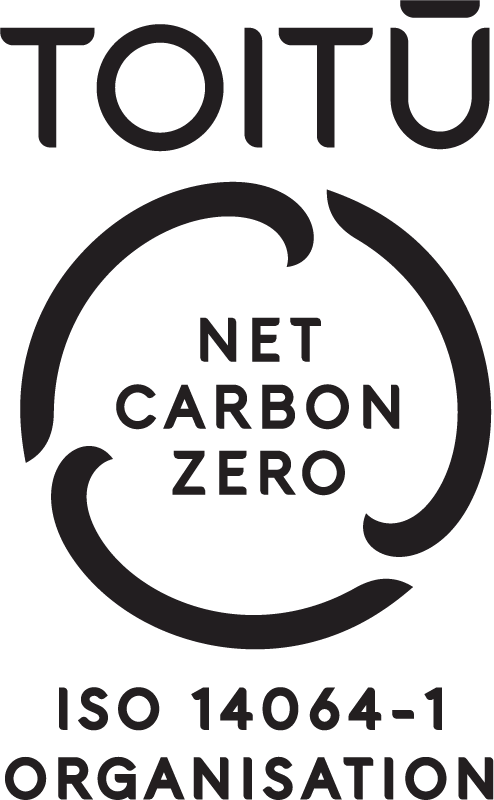
Succession Planning: How to plan a tidy, timely exit
4 April 2024As published in: The Post, Waikato Times, The Press
Aotearoa New Zealand is indisputably a nation of micro to small-to-medium business owners, without the general global corporate footprint of the larger nations to which we like to compare ours. According to MBIE data, 97% of Kiwi businesses (546,000) employ fewer than 20 people, but they contribute over a quarter of our GDP and 42% of economic value-add.
The sheer volume of SMEs and the correlated issue of baby boomer business ownership has been front of mind for those in the financial services and transaction space for years. When I arrived in New Zealand from the United Kingdom in 2004, I attended a presentation by an economist at a major bank about the demographic bubble that was about to pop. This would be a result of older SME owners executing their succession plans, beginning to hand over to the next generation and moving into their post-ownership lives.
The economist termed it “money in motion” – the great wealth transfer – and it was seen as vast and imminent. But it never happened. Why it hasn’t is multi-factorial: people are living longer and working longer, and the psychology of being the owner of a long-held and successful SME should not be underestimated. It is linked to ego, status, identity, and sense of purpose. It is something the owner has created and often taken great risks to secure; many SMEs have been buffered by the founder-entrepreneur’s own home.
Another reason is that owners don’t know how to do it themselves, and our business brokerage sector is generalist rather than specialist. When retirement-minded SME owners from GPs to dentists, financial advisers to lawyers and accountants, manufacturers and many more are all wanting to exit, they tend to get generic advice.
Our economy, and the personal financial viability of countless New Zealand households and families, depends on SME owners, present and future, getting succession planning right. As a business owner who has executed my own plan and been party or witness to many others, these are my key lessons:
1. It pays to plan ahead. If you are starting a business or are in the early to middle phase, it is already time to start thinking about your exit strategy and your long-term financial position. There may be up and down years ahead of you – in the boom years, put money aside to reinvest in the business and consider how you could use that money to accelerate transition and succession way before you think it is time to exit. Most owners either pay themselves last and take care of everyone else first or take very high dividends and leave little equity in the business. If you can find a middle ground where you are playing the long game while keeping the enterprise well resourced, that will stand you in good stead.
2. There is always the possibility that an opportunistic buyer will come out of nowhere and make you a good offer at a convenient time. If they do, don’t pass on it on the assumption there will be more where that came from – there may not. You will most likely need to find your own solution, so over the course of your company’s lifecycle, develop the A, B, and C options for exiting so you are less vulnerable to the vicissitudes of whatever is going on in your sector or the market and economy at the time.
3. Think beyond your primary asset base. As mentioned, many founders and entrepreneurs put up the family home as collateral, and when that pays off, it feels like a win – a debt-free home, a business providing a strong annuity income stream, and some toys to play with is the Kiwi dream. But strong succession planning means thinking about your asset base more widely, which is not easy to do. Even financial planners and advisors struggle to practice what they preach and build a diversified asset base outside their business.
Nonetheless, stepping into a secure post-ownership future means having a range of investments including in the financial markets and potentially commercial property, and separate from the property and business to which you have not only financial but likely emotional ties. Some holdings should be about nothing more than long-term returns.
4. Know when to separate the business from your identity. For many of us, the belief we have in our own capability and worth is driven by what we have achieved in business, and it’s hard to let that go. To some extent we become the business and it is no longer a separate entity. If I can use myself as an example, my own succession plan has been part of my thinking since the very beginning. I have thought about what I didn’t want: for Mint to become merely a run-off income stream or a business that wholly depended on me as the founder. I wanted there to be growth, expansion and acquisition, more employment opportunities for new talent and big professional development opportunities for the people that work in the business.
This necessitates a strategic plan for the business which identifies the capabilities and resources necessary to execute over the longer term, beyond the time horizon of a founder. If it is a business in which the people are the “assets”, this also requires long-term thinking about IP transfer internally, so knowledge and institutional memory can be retained in the business.
Consequently, I embedded a solution in my own business from the very beginning that allows me to phase out slowly over time, while getting fresh capital into the business. This does two things: it crystallises value for me that reflects the work I’ve done and the risks I’ve taken and it allows investment into the next generation within the business.
Remember that no matter how good or hard-working you are, as long as you stay behind the wheel as founder or leader, the business can only follow your map. If you step back or aside, you create space for more momentum, more growth, a future that is bigger than the vision of one person.
Sources:
MBIE - Small Business Factsheet 2022
Disclaimer: Rebecca Thomas, Founder and CEO, at Mint Asset Management Limited. The above article is intended to provide information and does not purport to give investment advice.
Mint Asset Management is the issuer of the Mint Asset Management Funds. Download a copy of the product disclosure statement here.


